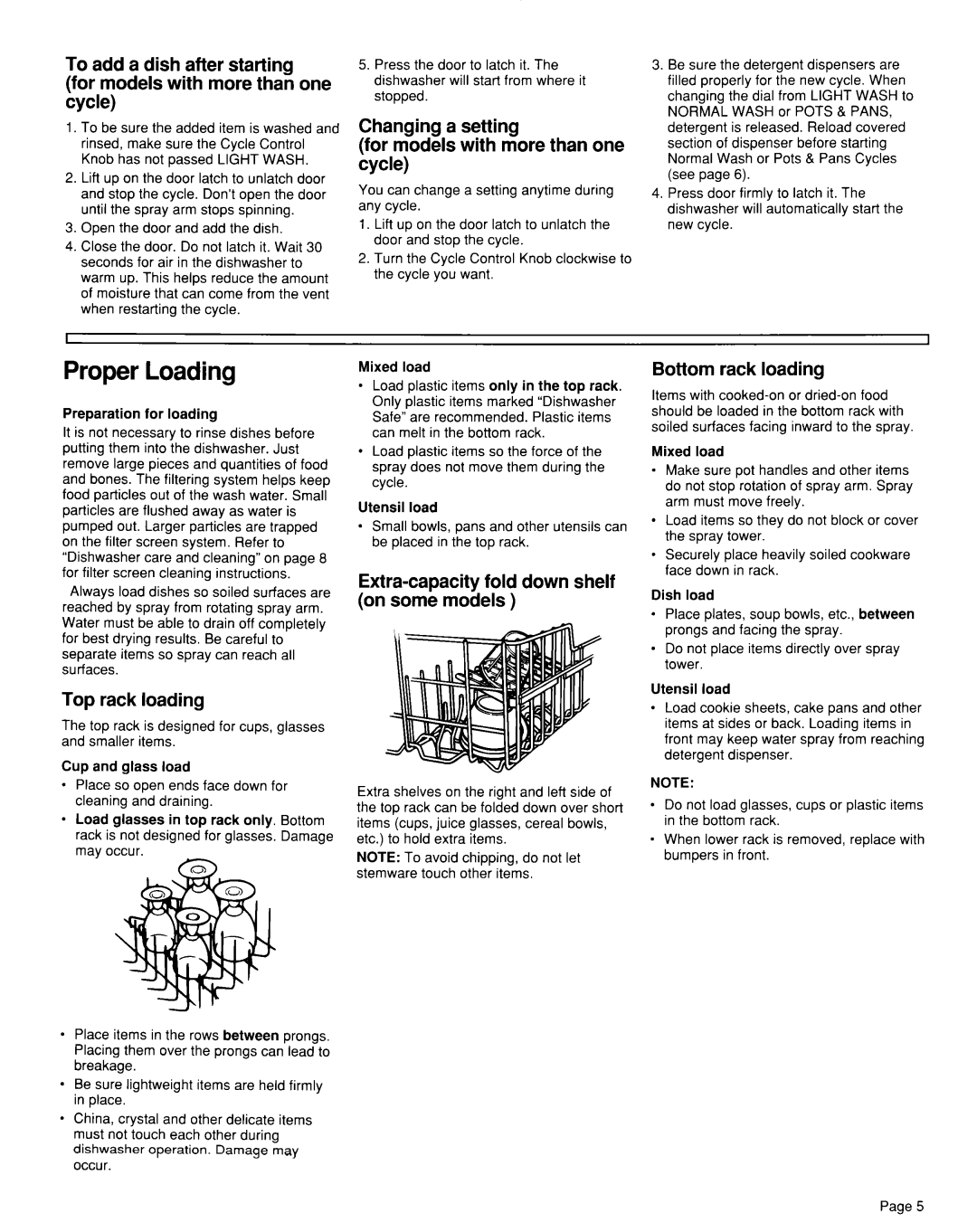TUD3000Y, 119, Dishwasher, TUD2000W, TUD5000Y specifications
The Estate TUD5000Y, TUD2000W, and TUD3000Y are innovative dishwasher models designed to enhance your kitchen experience with their advanced features and reliable technologies. Each model presents a unique set of capabilities suited for various needs and preferences.The Estate TUD5000Y is engineered for performance, boasting an impressive capacity that accommodates larger loads. Its notable feature is the Triple Filtration System, which ensures that food particles are effectively filtered out for improved cleaning efficiency. The dishwasher operates quietly, thanks to its sound-dampening technology, allowing you to enjoy a peaceful home environment even during operation. Additionally, the Express Wash option significantly reduces cycle time, making it ideal for busy households that require quick clean-ups.
The TUD2000W offers a sleek design and user-friendly interface. Its sensor clean technology automatically adjusts water usage and cycle time based on the level of soil detected on the dishes. This technological innovation ensures thorough cleaning while conserving water and energy, which makes it an eco-friendly choice. The model also features a dedicated rinse aid dispenser that helps improve drying performance, allowing your dishes to come out spotless and ready to use.
Meanwhile, the Estate TUD3000Y combines style with functionality. Its adjustable top rack provides versatility for accommodating larger pots and pans, maximizing loading efficiency. The model includes a delay start option, giving you the flexibility to run cycles during off-peak hours for added cost savings. Moreover, the TUD3000Y comes equipped with an Energy Star certification, highlighting its commitment to energy efficiency without compromising performance.
All three models feature easy-to-clean interiors and a robust build quality that reflects the Estate brand's dedication to longevity and reliability. With intuitive controls and a variety of wash cycles, these dishwashers cater to diverse cleaning needs, ensuring that every wash leaves your kitchenware sparkling clean.
In summary, the Estate TUD5000Y, TUD2000W, and TUD3000Y dishwashers showcase the perfect blend of efficiency, technology, and design. Their main features, such as adjustable racks, advanced filtration systems, and energy-saving technologies, make them suitable additions to any modern kitchen, simplifying the dishwashing process while maintaining high standards of cleanliness.

